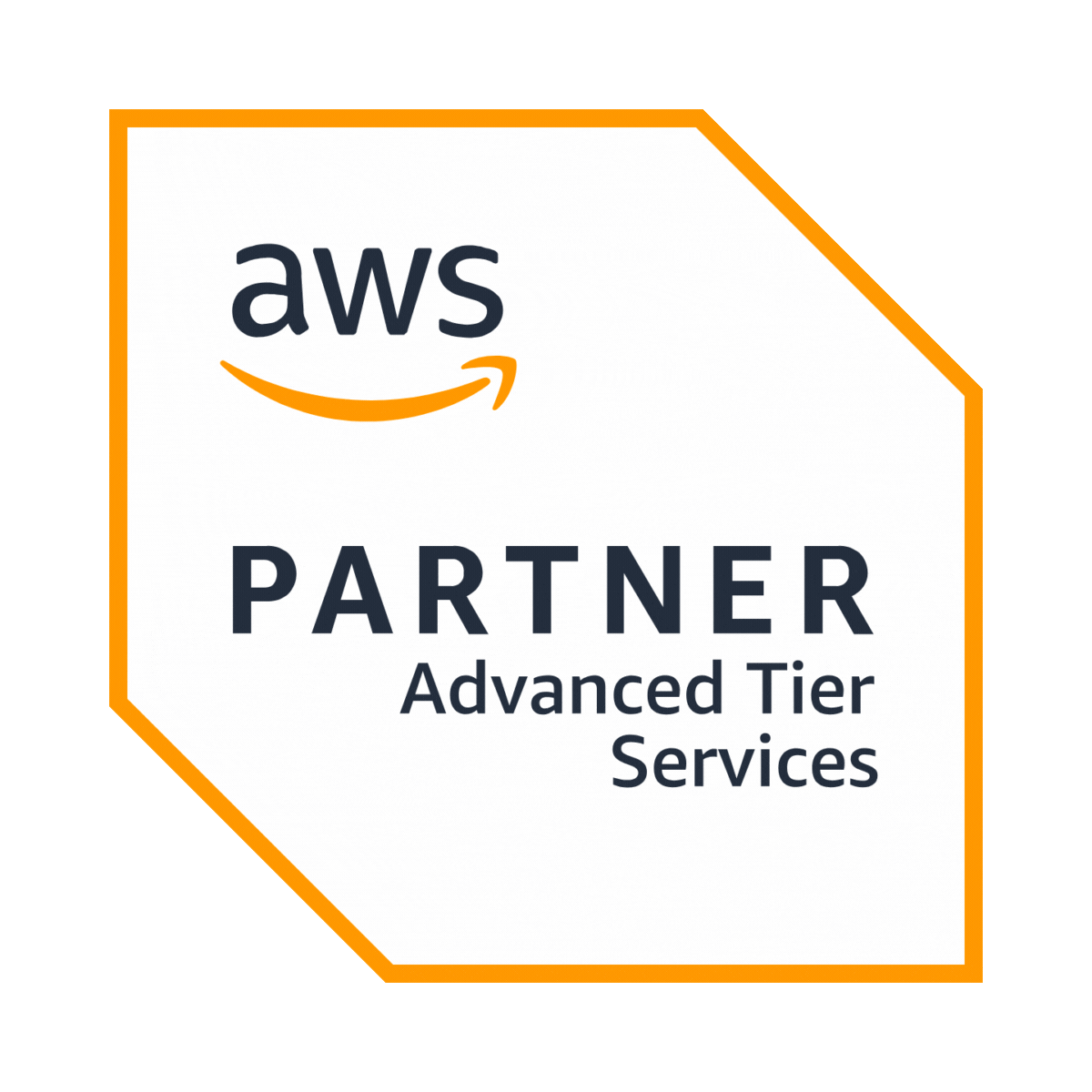When it comes to cloud computing, security remains a top priority for organizations leveraging services like Amazon Web Services (AWS). Among the many components of AWS, EC2 instances stand out as fundamental building blocks for hosting applications and services. However, as the foundation of cloud deployments, EC2 instances are prime targets for security threats and vulnerabilities. In this blog post, we will explore how to enhance the security of AWS EC2 instances through DevSecOps automation.
EC2 Instance Hardening
Before getting into the details of hardening EC2 instances, it's important to understand the concept of hardening itself. Hardening refers to the process of strengthening the security posture of a system by implementing various security measures and controls. In AWS EC2 instances, hardening involves mitigating common security risks and vulnerabilities to ensure the confidentiality, integrity, and availability of data and resources. While manual hardening processes can be time-consuming and error-prone, automating these tasks with DevSecOps practices offers significant efficiency, consistency, and scalability advantages.
Preparing for Hardening
Effective hardening begins with a comprehensive assessment of EC2 instance security requirements. This involves reviewing AWS best practices, security recommendations, and compliance standards relevant to your organization's industry and regulatory environment. With a clear understanding of the security objectives and constraints, you can then identify specific security policies, controls, and configurations to implement on your EC2 instances. To facilitate automation, it's important to establish a DevSecOps environment within AWS, leveraging tools and services that enable the automation of security processes.
Automated Hardening Techniques with DevSecOps
DevSecOps automation encompasses a range of techniques and tools for streamlining the hardening process of EC2 instances. One such technique is Infrastructure as Code (IaC), which allows you to define and provision EC2 instances and associated resources using code-based templates. With tools like AWS CloudFormation or AWS Cloud Development Kit (CDK), you can create reusable templates that specify the desired configuration of EC2 instances, including security settings, networking parameters, and access controls. By treating infrastructure as code, you ensure consistency and repeatability in the deployment process, minimizing the risk of misconfigurations and vulnerabilities.
Configuration Management is another key aspect of DevSecOps automation for EC2 instance hardening. Tools like Ansible, Puppet, or Chef enable you to automate the configuration and maintenance of EC2 instances, ensuring that security configurations, patches, and updates are applied consistently across your environment. These tools allow you to define security baselines and enforce compliance with organizational security policies, reducing the attack surface and strengthening the overall security posture.
Continuous Monitoring and Remediation play a critical role in maintaining the security of EC2 instances over time. DevSecOps practices emphasize the importance of continuous security monitoring, with tools like AWS Config and AWS CloudWatch enabling you to detect and respond to security events in real time. By monitoring changes to EC2 instance configurations, network traffic, and system logs, you can identify potential security issues and vulnerabilities proactively. Automated remediation workflows can then be implemented to address identified security issues promptly, minimizing the window of exposure and reducing the risk of security incidents.

Implementing Security Controls
In hardening AWS EC2 instances, it's important to implement a range of security controls and best practices to mitigate various security risks and threats. These controls include:
- Enforcing IAM Policies and Role-Based Access Control (RBAC) to manage permissions and access privileges for EC2 instances and associated resources.
- Configuring Network Security Groups (NSGs) and Network Access Control Lists (ACLs) to control inbound and outbound traffic to EC2 instances, limiting exposure to unauthorized access and malicious activity.
- Implementing Encryption at Rest and in Transit to protect data stored on EC2 instances and data transmitted between instances and other services. This involves using encryption mechanisms such as AWS Key Management Service (KMS) for data encryption and SSL/TLS for securing network communications.
- Enabling Logging and Auditing to monitor and track activities on EC2 instances, including login attempts, system events, and resource access. By enabling logging features like AWS CloudTrail and AWS CloudWatch Logs, you can generate audit trails and forensic evidence to investigate security incidents and compliance violations.
- Implementing the Principle of Least Privilege to restrict access to EC2 instances and resources to only those permissions necessary for legitimate business operations. By granting minimal privileges required for specific tasks or roles, you reduce the risk of unauthorized access and privilege escalation.
Testing and Validation
Once security controls and configurations are implemented, it's becomes crucial to test and validate the effectiveness of your hardening measures. This involves developing automated tests and security checks to verify that security controls are functioning as intended and mitigating identified risks effectively. Vulnerability scans, penetration tests, and compliance audits can be conducted to assess the security posture of EC2 instances and identify any gaps or weaknesses. By analyzing test results and validating security controls against industry standards and best practices, you can ensure that your EC2 instances are adequately protected against security threats and vulnerabilities.
Continuous Improvement and Optimization
Security is an ongoing process, and continuous improvement is essential for maintaining the effectiveness of hardening measures over time. DevSecOps practices emphasize the importance of continuous monitoring, analysis, and optimization to adapt to evolving threats and security requirements. By monitoring security metrics and key performance indicators (KPIs), such as incident response times, detection rates, and compliance status, you can identify areas for improvement and prioritize security enhancements. Regular security assessments, audits, and reviews should be conducted to evaluate the effectiveness of security controls and identify opportunities for optimization. Incorporating feedback from security incidents, compliance assessments, and stakeholder input into DevSecOps workflows ensures that security practices evolve iteratively and remain aligned with business objectives and regulatory requirements.
The Takeaway
Hardening AWS EC2 instances with DevSecOps automation is essential for ensuring the security and resilience of cloud environments. By leveraging automation techniques, such as Infrastructure as Code, Configuration Management, and Continuous Monitoring, organizations can strengthen the security posture of EC2 instances while improving operational efficiency and agility. Implementing security controls, conducting testing and validation, and embracing a culture of continuous improvement are key components of effective DevSecOps practices for EC2 instance hardening. By adopting a proactive and iterative approach to security, organizations can mitigate risks, protect sensitive data, and build trust with customers and stakeholders in the cloud.















